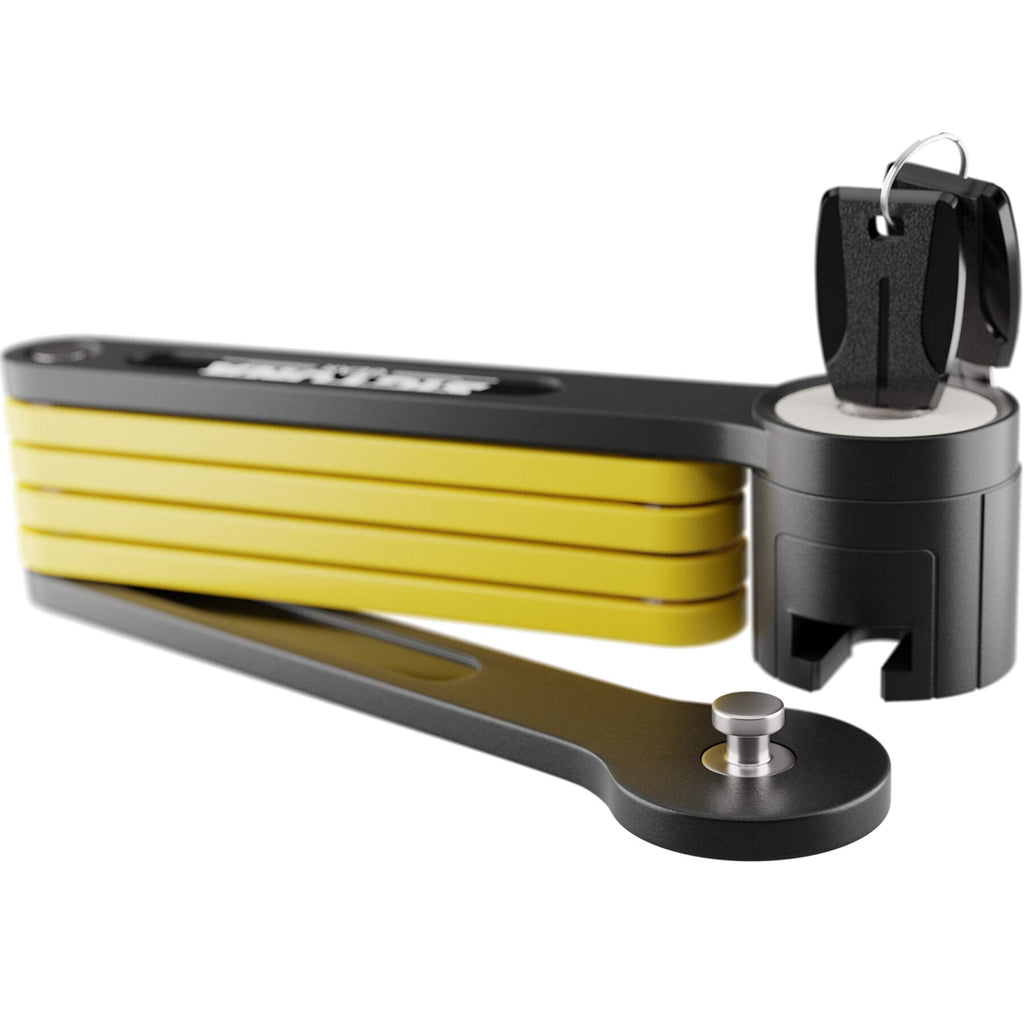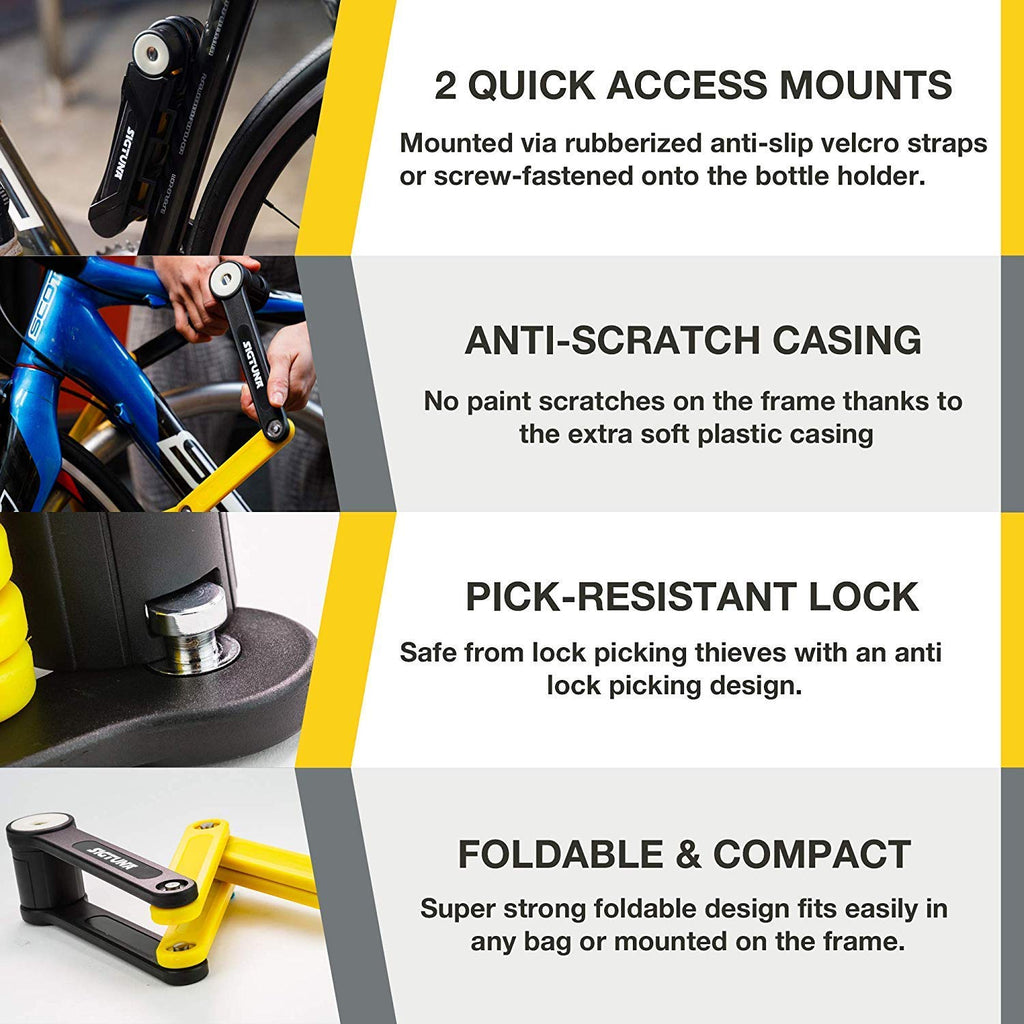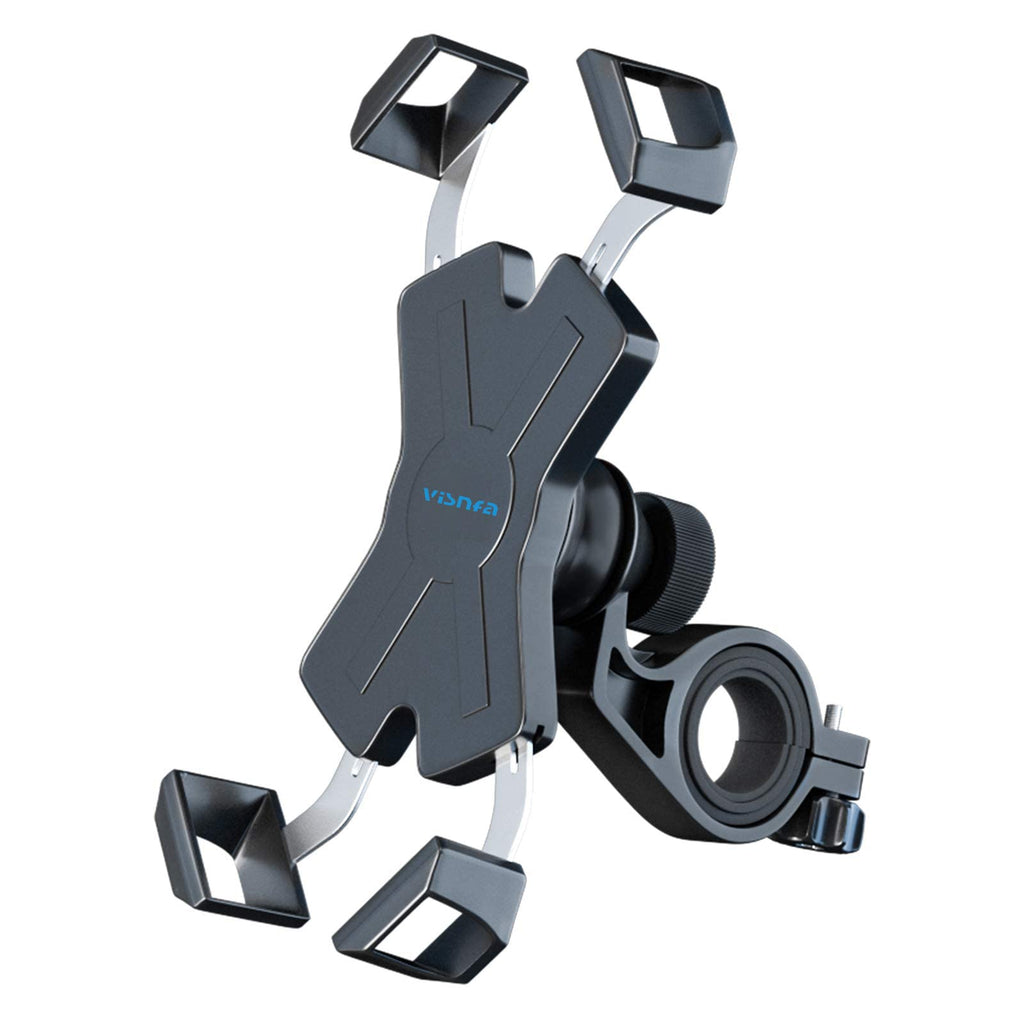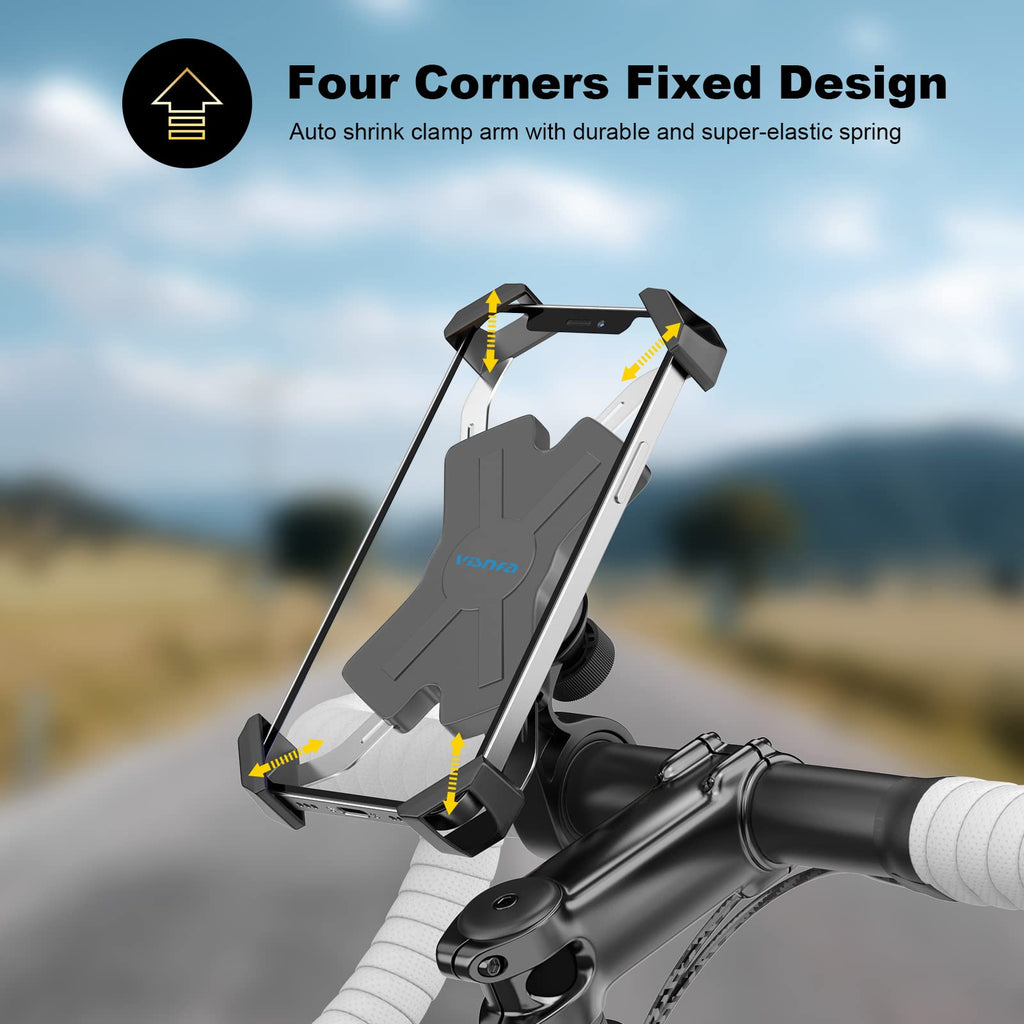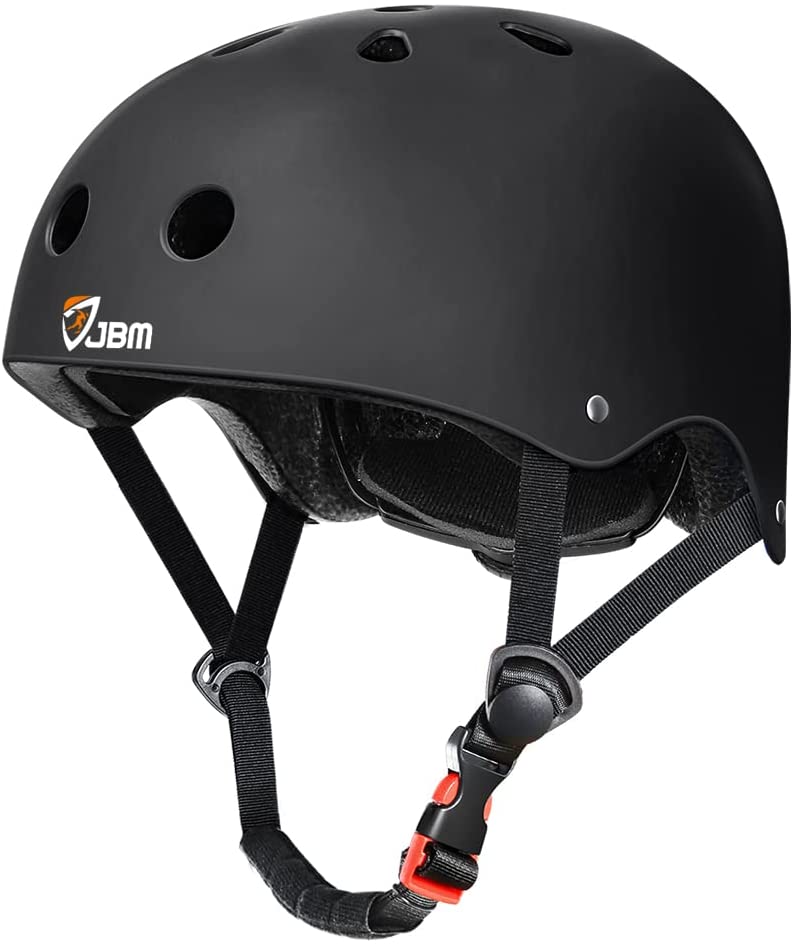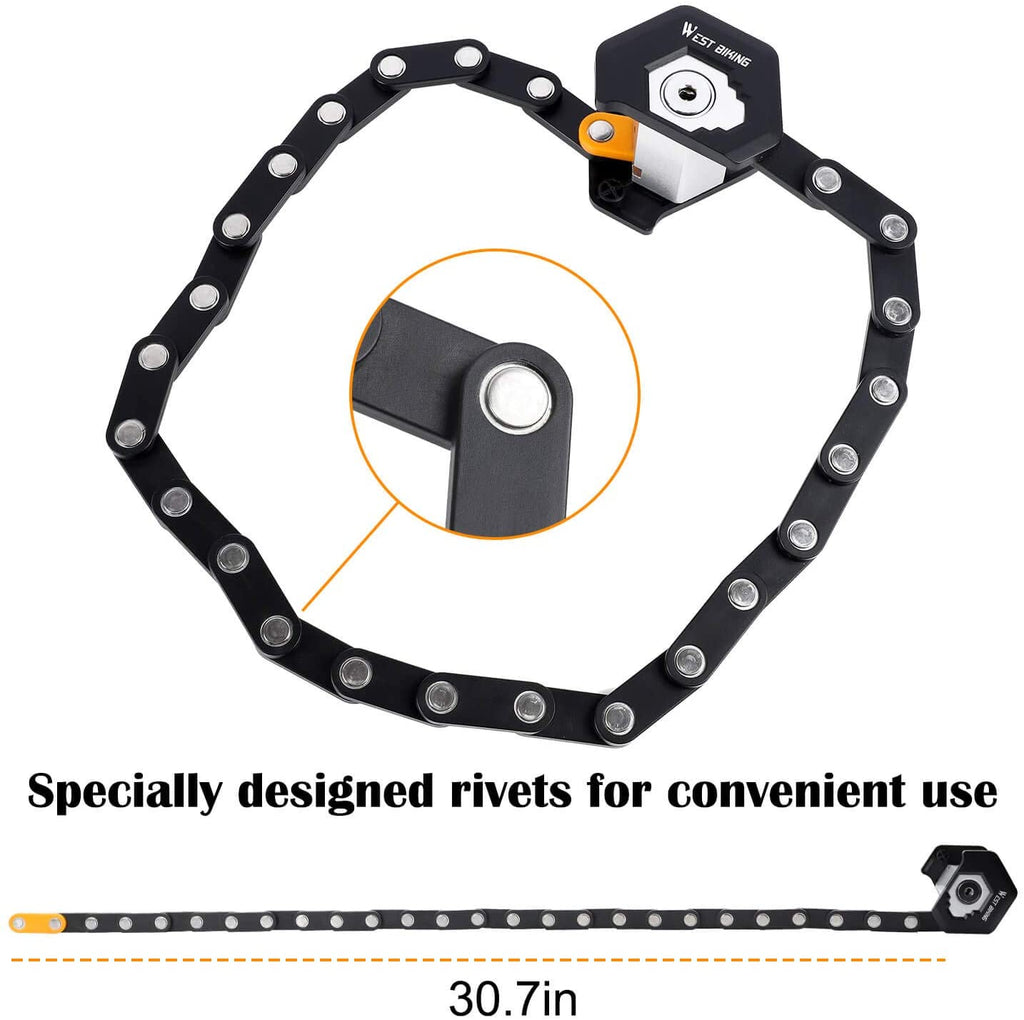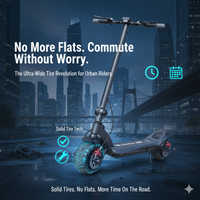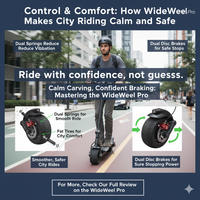Are Electric Scooters Waterproof?
As electric scooters gain popularity as a comfortable mode of transportation, one critical question arises for potential buyers: Are electric scooters waterproof? It’s a hard No. As most electric scooters are not entirely waterproof, and many models offer varying degrees of water resistance. Knowing the distinction between waterproof and water-resistant is essential to ensure your scooter's longevity and safety, especially if you plan to use it in wet conditions. Let’s discover, Water-proof vs.Water-resistant difference firstly

Water-Resistant: This is something like, you wear a rain-coat. That saves you from rainy water, meaning preventing you from water. But, as you jump into the pool, you get wet.
Water-Proof: This means even you’re driving a sub-marine on a river, without letting the water in. So, this is the meaning in regard to electronic devices.
Key Considerations for Riding in Wet Conditions
When evaluating whether an electric scooter is best for wet environments, several critical factors should be considered:
| Factor | Explanation |
|---|---|
| Intended Use | City riding in light rain needs water resistance; heavy rain or wet trails need higher ratings. |
| IP Rating | The Ingress Protection (IP) rating indicates a scooter’s ability to resist water and dust. An IP rating such as IPX4 denotes protection against splashes from any direction.While IP67 signifies a higher resistance, including temporary immersion. Always refer to the manufacturer’s IP rating to assess the scooter's suitability for wet conditions. |
| Cost | More water resistance usually means a higher price. |
| Warranty Coverage | Some warranties only cover water damage if you follow the rules. |
| Storage Options | Carry bags and covers help keep your scooter dry. |
| Realistic Expectations | No scooter is fully waterproof. They have a limited capacity to prevent scooters from getting into the water. |
| Materials | The overall build quality, including the sealing of joints and the durability of materials, affects how well a scooter can handle exposure to water. Scooters designed with robust materials and tight seals offer better protection against the elements. Look for corrosion-resistant parts and strong seals. |
| Battery and Electrical Safety: | Water can significantly destroy the battery and electrical components of your scooter. Even with water-resistant seals, prolonged exposure to moisture can lead to failures. It is essential to choose a scooter with a well-protected battery compartment and avoid riding in heavy rain. |
The National Highway Traffic Safety Administration claims the importance of riding scooters cautiously.
Essential Features for Wet Weather Riding
If you frequently ride in wet conditions, consider scooters, particularly a powerful dual motor 1000W Mercane Wide Wheel Pro with these additional features:
- Anti-Slip Deck: A textured deck provides better grip, minimizing the risk of slipping when the surface is wet. This is especially important during sudden stops or sharp turns in the rain.
- Comprehensive Fender Coverage: Scooters equipped with wide, well-designed fenders help shield both the rider and the scooter’s internal components from splashes and debris, minimizing the risk of water damage.
- Water-Resistant Tires: Tires designed to resist water penetration can offer better traction on wet surfaces, enhancing safety during rain-soaked rides.
How rain affects scooters at different IP levels
| IP Rating | Rain Scenario | What happens |
|---|---|---|
| IPX4 / IP54 | Light drizzle, quick ride home | Generally safe, but puddles and long exposure can cause corrosion/electrical faults. |
| IPX5 / IPX6 | Moderate rain, longer rides | Better protection against steady rain. Still risky if water pools around connectors or battery housing. |
| IP67 | Short accidental splash-through puddle | Protected against brief immersion, but seals weaken over time. Still not meant for frequent rain rides. |
Need to Focus on Quick Checklists: Post-Water Exposur
- Use compressed air to blow out water from crevices carefully
- Check all systems before powering on again
- Turn off the power immediately
- Remove the battery if possible
- Leave to air dry in a warm, dry place for 24-48 hours, or until fully dry
- Dry the scooter thoroughly with a clean cloth
How to make a scooter Durable and maintain it:
If your electric scooter meets the requirements of are electric scooter waterproof?, but continuous exposure to water can lead to problems such as rust, electrical malfunctions, and reduced battery life. To minimize these risks- Avoid Deep Water: Riding through deep puddles can cause water to enter the motor and battery compartment, leading to significant damage.
- Post-Ride Maintenance: After riding in the rain, thoroughly dry your scooter to prevent moisture from seeping into the internal components, which can cause corrosion and electrical issues.
- Regular Inspections: Conduct regular maintenance checks, especially after exposure to wet conditions, to ensure your scooter remains in optimal working condition.
| Task | How Often |
|---|---|
| Inspect for water damage | After wet rides |
| Clean and dry scooter | After wet rides |
| Check battery and wiring | Monthly |
| Lubricate moving parts | Monthly |
| Store in a dry location | Always |
State-by-State Regulations on Electric Scooters
E-scooter regulations in every state are defined below.
1. California:
- Weather Considerations: Although not legally specified, riding in heavy rain is discouraged due to the potential hazards of slippery roads and reduced visibility.
2. New York:
- Rain Riding: While there are no specific restrictions, riders are advised to exercise caution during rain due to the increased risk of accidents on slippery roads. New York’s dense urban environment demands heightened awareness and caution, particularly in wet conditions where the threat of accidents increases.
3. Florida:
- Rain Considerations: Florida’s frequent downpours necessitate vigilance; roads can become hazardous quickly, making it essential to use scooters with effective water-resistant features.
4. Texas:
- Wet Conditions: While there are no explicit regulations, riding during rain is not recommended due to the increased risk on large, open roads.
Additional Insight: Given Texas’s expansive roadways and the potential for high-speed travel, selecting a scooter with robust water protection and durable tires is advisable to navigate safely in wet conditions.
5. Washington:
- Weather Impact: Washington's frequent rain makes riding on wet roads particularly dangerous; scooters with high IP ratings and reliable brakes are essential for safe riding.
Conclusion
In conclusion, while some electric scooters provide water-resistant features, they are generally not fully waterproof. Understanding the IP rating, build quality, and relevant state regulations can help you make informed decisions about riding in wet conditions. By prioritizing these factors, you can ensure that your scooter remains safe and functional, regardless of the weather.
FAQ
No, electric scooters are not fully waterproof, but have a degree of water resistance such as IPX4 and IP67.
For light rain and splashes, an IP54 rating is best. It helps in preventing puddles.
If your scooter has a high rating like IPX5 or IP66, it can be the best fit. But it is recommended to avoid riding in heavy weather.
Before riding, check the weather forecast, wear rain gear, and keep your ride smooth if the weather is unfavorable. Moreover, consult the CPSC report for safe riding.
